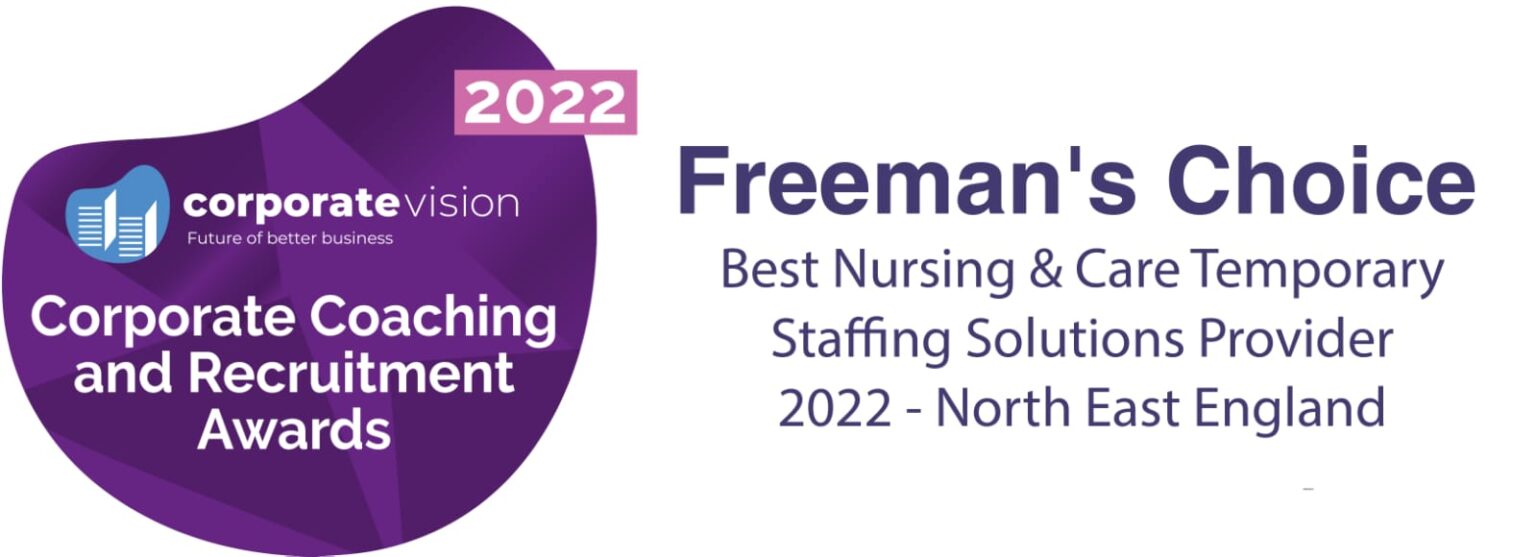Video conferences enable remote board members to connect with one another, even if they’re using different gadgets. Nonprofits are able to choose from a number of free or low-cost video conference platforms for their meetings, such as Zoom, GoToMeeting, WebEx and Google Meet. Nonprofits can also use board management software with meeting interfaces that allow remote participation.
The ability to observe the expressions of participants can encourage more interactive and participatory meetings. To ensure that everyone’s voice is heard the chair should call upon members of the board who have yet to speak, and limit the number of speakers at once. This ensures that no one individual is in charge of the discussion and facilitates a more well-balanced process of decision-making. To cut down on background noise, invite participants to switch off their mobile phones and hit the muted button when they are not speaking.
Some directors will be unfamiliar with a virtual meeting environment and are hesitant to speak out which can hinder their participation and the effectiveness of the meeting. This can be addressed by using an easy-to-use interface for meetings or a workshop that helps attendees become familiar with the system, and encouraging participants to practice prior to the meeting. The board can also establish an agenda that is strictly adhered to, with time limits for each item. This will ensure that the meeting goes smoothly and that the goal is achieved. Board members can highlight and note notes on digital documents to enhance their involvement and speed up meetings. They can also share annotations with the members to improve collaboration and improve the quality of the minutes of meetings.

